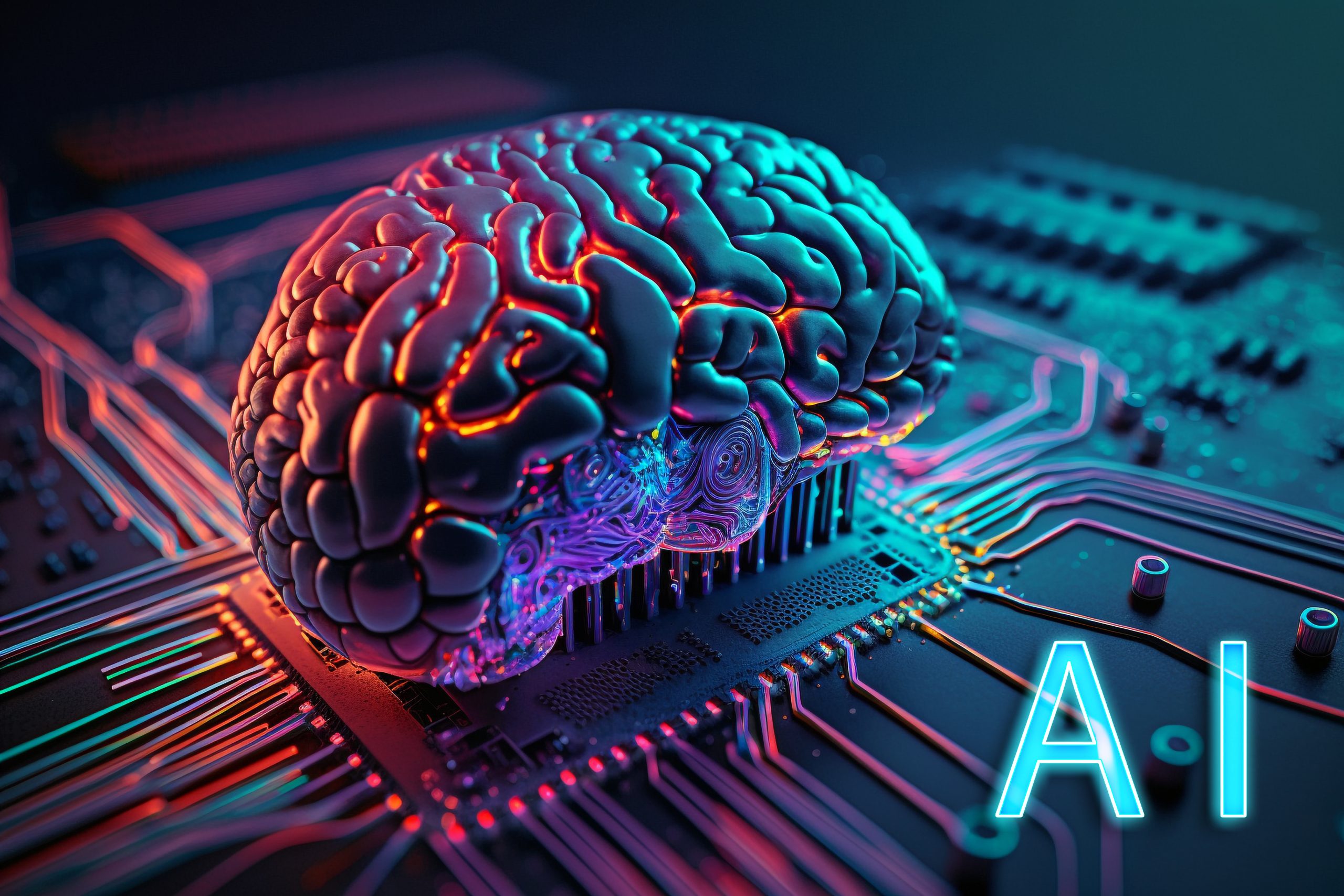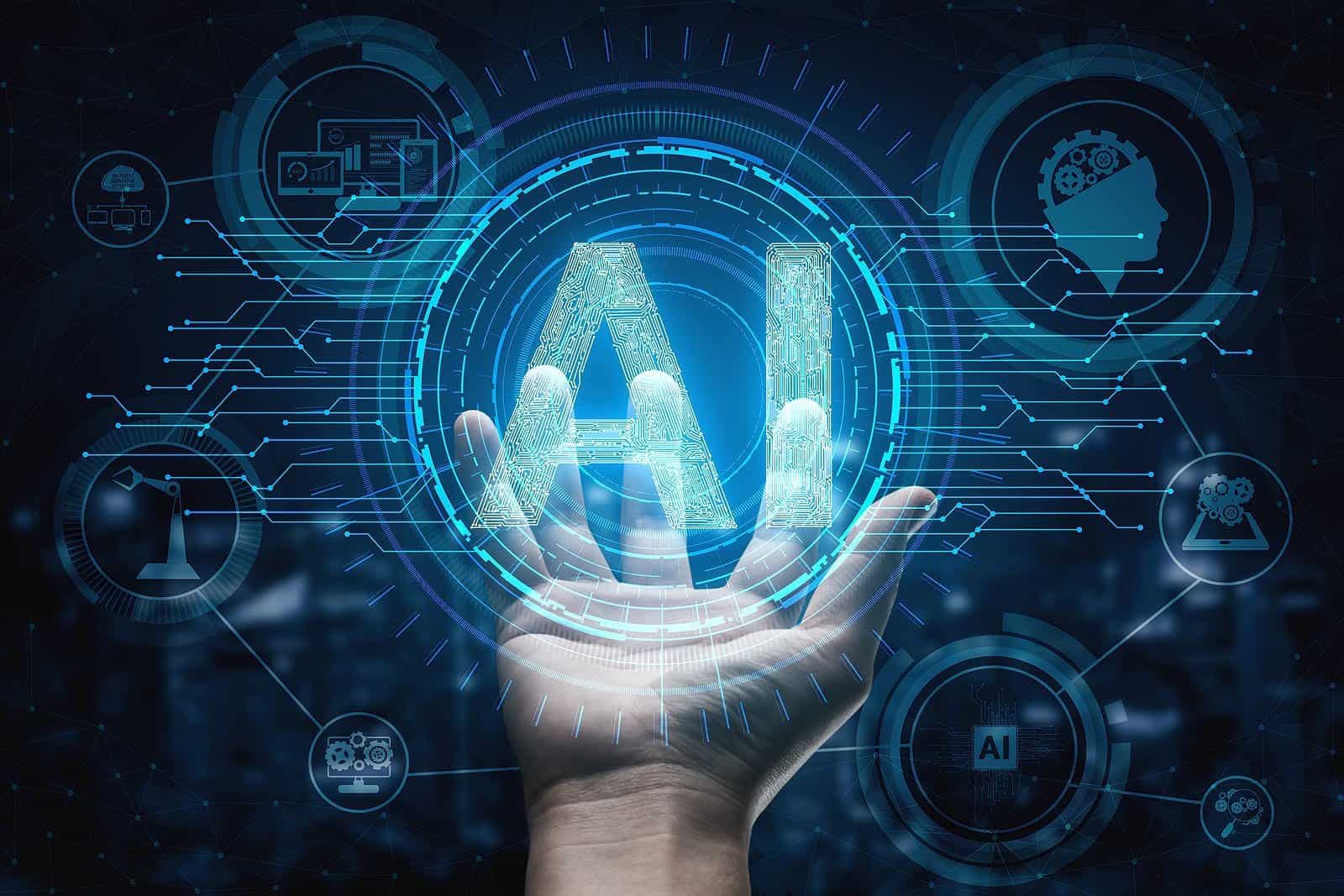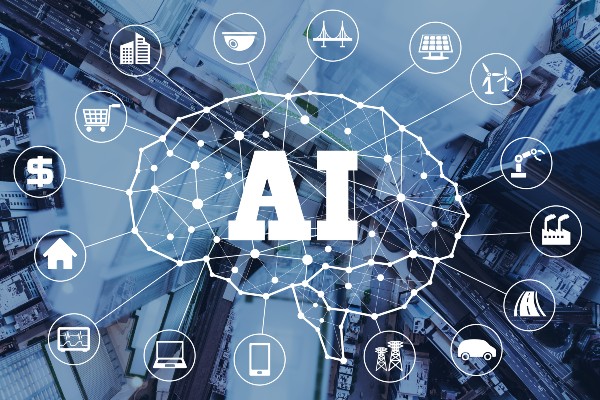Understanding The Digital Creation Of Private Images
There's a quiet conversation happening, perhaps a bit unsettling for many, about digital tools that can create very convincing, yet completely fabricated, images of people. These aren't just photoshopped pictures; we're talking about sophisticated computer programs that can generate realistic-looking visuals, including those that are private or intimate, without the person ever posing for them. It's a rather serious development that brings up quite a few concerns for everyone who uses the internet, or frankly, just lives in our connected world.
You see, what makes these tools stand out is their ability to produce something that looks incredibly real, making it very hard for someone looking at it to tell if it's true or not. This isn't just about fun filters or playful edits; it's about making pictures that can seem very personal and expose someone, even if that person never consented to such an image being made. It's a situation that, in some respects, calls for a lot of thought about what's real and what's not on our screens, and what that means for people's privacy and peace of mind.
The implications of this kind of digital image creation stretch far beyond just individual privacy, touching on matters of trust, public safety, and how we interact with information online. It feels like, in a way, we're all trying to figure out how to live with these new abilities that computers have, especially when they can be used in ways that cause harm. We really need to talk about how these things work, what the possible downsides are, and what steps we can take to protect ourselves and others from misuse.
- Project Runway 9
- Chatgpt Plus Iran Access Payment
- Meg Ryan Boyfriend
- David Goggins Public Figure Latest
- Lady Gaga Birthdate
Table of Contents
- What Exactly Are We Talking About With These Image Creators?
- How do "ai nude sender" tools operate?
- Why Does This Kind of Digital Image Creation Matter So Much?
- The Personal Harm From "ai nude sender" Outputs
- What Are the Legal and Ethical Questions Around This?
- Considering the Rules for "ai nude sender" Technology
- How Can We Better Prepare for These Digital Challenges?
- Building Resilience Against "ai nude sender" Misuse
What Exactly Are We Talking About With These Image Creators?
When we talk about digital tools that make images, especially those that appear private, we're discussing programs that use advanced computer learning. These programs, which are a bit like very clever digital artists, can take existing pictures of a person and then, pretty much, create new images that look like that person in various settings or situations, even if those situations never happened. It's quite astonishing how convincing they can be, actually. They don't just paste someone's face onto another body; they generate the whole image from scratch, using what they've learned from countless other pictures. This means the resulting image can look very authentic, making it hard to tell it's not real, which is where a lot of the concern comes from. People might see an image and truly believe it's a genuine photo, when in fact, it's just a bunch of pixels put together by a computer program.
How do "ai nude sender" tools operate?
These sorts of image creators, sometimes referred to as "ai nude sender" tools by some, usually work by taking a few pictures of a person – maybe from their social media, or anywhere else publicly available – and then using those as a sort of guide. The computer program has been trained on a massive collection of images, learning what human bodies look like, how light falls on skin, and how different textures appear. When you give it a picture of someone, it can then, in a way, "imagine" that person in a different pose or with different clothing, or even without clothing, based on its vast training. It's not really "sending" anything in the traditional sense, but rather creating an image that can then be shared by someone. This process is incredibly complex, relying on deep learning models that can pick up on subtle details and patterns. The more data these systems have to learn from, the more realistic and believable their creations tend to be. It's a bit like a highly skilled forger, but instead of paper and ink, they're working with digital information and algorithms. The output is a brand new image, one that never existed before, but which looks strikingly like the person it's meant to represent, which is pretty unsettling when you think about it.
Why Does This Kind of Digital Image Creation Matter So Much?
The ability to make highly convincing fake images of people carries a lot of weight, you know? It's not just a technical curiosity; it has very real consequences for people's lives. When a picture that looks genuinely real, but is totally made up, starts circulating, it can cause immense distress. Imagine a situation where an image of you, or someone you care about, appears online, showing something private or embarrassing, something that never actually happened. The emotional impact can be absolutely devastating, leading to feelings of betrayal, shame, and a profound sense of violation. It really shakes a person's sense of safety and control over their own image and identity. This isn't a minor issue; it strikes at the core of personal dignity and privacy in a digital world where images can spread so quickly and widely, pretty much instantly, to millions of people.
The Personal Harm From "ai nude sender" Outputs
The harm from these "ai nude sender" outputs is quite profound and multifaceted. For the person depicted, it's a deep breach of trust and a significant invasion of privacy. They might feel completely exposed and helpless, as if their body and personal space have been stolen and displayed without their permission. This kind of experience can lead to severe psychological distress, including anxiety, depression, and even post-traumatic stress. It can damage relationships, affect their reputation, and even have consequences for their employment or social life. There's also the feeling of powerlessness, as it can be incredibly hard to get these fake images removed from the internet once they've been shared. The digital footprint can last a very long time, arguably forever, causing ongoing anguish. It's a form of digital abuse, in essence, where someone's likeness is weaponized against them. The fact that the image isn't real doesn't lessen the pain; in some respects, it might even make it worse, because the victim knows it's a lie, but others might not. This creates a very unfair burden on the individual to prove their innocence, which is a rather difficult thing to do when faced with a seemingly real picture.
What Are the Legal and Ethical Questions Around This?
The existence of tools that can create these fabricated private images throws up a lot of complicated questions, both in terms of what the law says and what we consider right or wrong. Legally speaking, many places are still trying to catch up with this technology. Laws about defamation, harassment, and privacy might apply, but often they weren't written with this specific kind of digital manipulation in mind. It's a bit of a grey area, and proving who made an image, or who shared it, can be a real challenge for law enforcement. Then there are the ethical considerations, which are perhaps even more complex. Is it ever okay to create such an image, even if it's just for "fun" or "art," if there's a chance it could be misused? What responsibility do the creators of these tools have? And what about the platforms where these images might be shared? These are big questions that don't have easy answers, and they really force us to think about the moral boundaries of digital creation and sharing. It feels like we're constantly trying to balance innovation with protection, and in this case, the protection side seems to be lagging a bit.
Considering the Rules for "ai nude sender" Technology
When we look at the rules, or lack thereof, for "ai nude sender" technology, it becomes pretty clear that society is still figuring things out. Some countries have started to pass specific laws against the creation and sharing of non-consensual intimate images, whether they're real or fabricated. These laws are a good start, but they often struggle with the technicalities of proving intent or identifying the original source. There's also the question of global reach; an image created in one country might be shared in another, where different laws apply, which is a bit of a headache for legal enforcement. Ethically, the discussion often centers on consent. If a person hasn't given their explicit permission for their likeness to be used in this way, then creating or sharing such an image is, by most moral standards, wrong. It's a violation of personal autonomy and dignity. The developers of these tools also have a part to play; some argue they have a moral obligation to include safeguards that prevent misuse, or at least to clearly warn users about the potential for harm. It's not just about what's legal, but what's responsible and fair to individuals. We're talking about very sensitive personal data, in a way, even if it's just someone's face, and how that data can be used to create something that causes real pain. So, you know, the rules need to catch up, and quickly.
How Can We Better Prepare for These Digital Challenges?
Getting ready for the challenges that these digital image creators present involves a few different approaches, actually. First off, there's the need for more public awareness. People need to understand that what they see online isn't always real, and that these kinds of fake images can be made very easily. It's about building a healthier skepticism about digital content. Then, there's the importance of stronger legal frameworks. Governments and lawmakers need to work quickly to put in place clear, enforceable laws that protect individuals from this kind of harm and hold those responsible accountable. This might mean updating old laws or creating entirely new ones that specifically address synthetic media. Also, technology companies have a big role to play. They could develop better tools for detecting fake images, or put in place stricter policies about what can be shared on their platforms. It's a collective effort, really, involving individuals, governments, and the tech industry, all working together to create a safer digital environment. We can't just ignore this; it's something that affects pretty much everyone who uses the internet, or frankly, just lives in our connected world.
Building Resilience Against "ai nude sender" Misuse
Building resilience against the misuse of "ai nude sender" tools means equipping ourselves with the right knowledge and habits. For individuals, this includes practicing good digital hygiene, like being careful about what personal photos are shared publicly, and being aware that anything online can potentially be used in ways you didn't intend. It also means developing media literacy skills – learning how to spot signs of manipulation in images and videos, and understanding that just because something looks real, doesn't mean it is. For communities, it means fostering open conversations about these issues, creating support networks for victims, and pushing for stronger protections. On a broader scale, there's a call for tech companies to implement "safety by design" principles, meaning they build in safeguards to prevent misuse from the very beginning of a product's development. This could involve watermarking generated images, or creating databases of known fake content. It's about making it harder for bad actors to cause harm, and easier for victims to get help and for these images to be taken down. It's a kind of ongoing effort, a bit like building a stronger immune system for the internet, to help it fight off these harmful digital creations. We need to be proactive, not just reactive, in dealing with these sorts of challenges, because they're not going away, you know?
So, this discussion has covered the nature of digital image creation tools that can generate private-looking images, explaining how they function by learning from vast amounts of data to produce highly convincing fakes. We looked at the significant personal harm these fabricated images can inflict, causing deep emotional distress and privacy violations for those depicted. The piece also explored the complex legal and ethical questions surrounding such technology, highlighting the challenges of current laws and the moral imperative for consent and responsible tool development. Finally, it touched upon strategies for preparing for these digital challenges, emphasizing public awareness, stronger legal frameworks, and the role of technology companies in building resilience against misuse.
- What Is The Population Of The Iran
- Iran Population April 2025
- Guess The Teddy Bears Name
- Attorneys For Oj Simpson
- Tim Burton Daughter

What is Artificial Intelligence (AI) and Why People Should Learn About

The Impact of Artificial Intelligence (AI) on Business | IT Chronicles

Artificial Intelligence